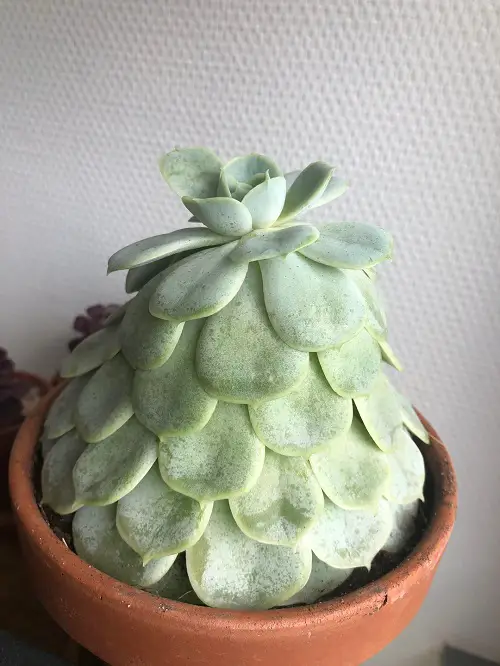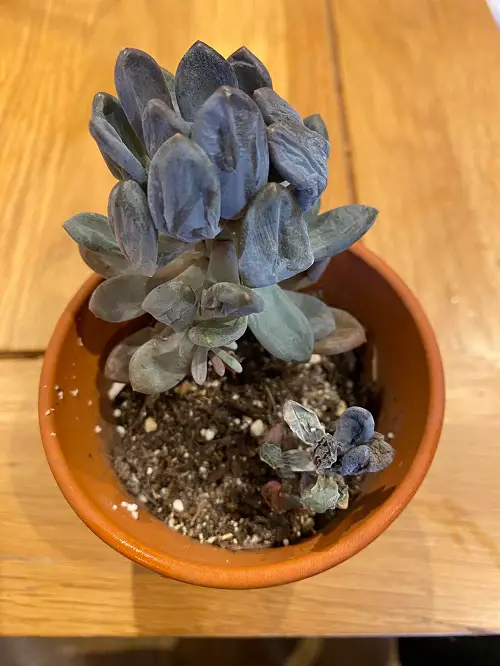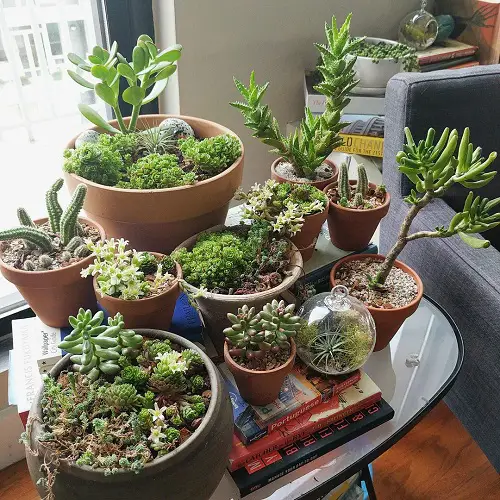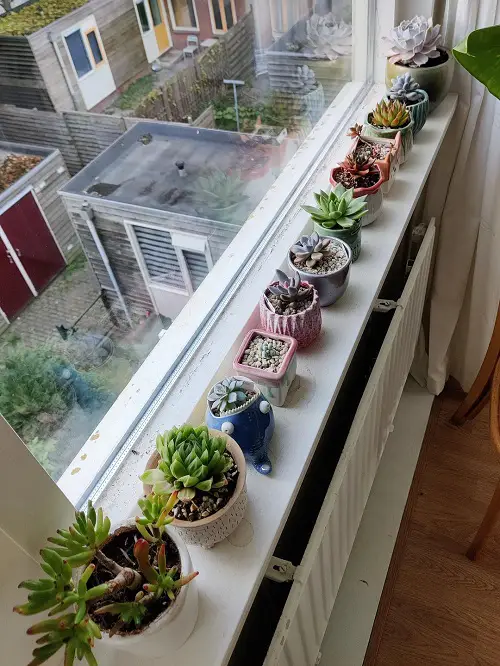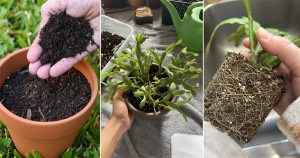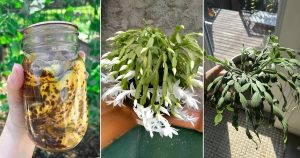If you are facing winter blues, then we have a green thumb for this question in your mind—Why Are Your Succulents Wilting in Winter?
Succulents are tough little plants, but even they can feel the bite of winter. If you’ve noticed your succulents wilting when the cold weather hits, you’re not alone. Winter brings some different challenges that can cause your succulents to droop, lose leaves, or even get seriously damaged. So, we need to find out why this happens and how you can help your succulents bounce back!
Why Are Your Succulents Wilting in Winter?
If you’re dealing with a succulent that has leaves falling off and is wilting, it’s a sign that something is off with its care routine. Here’s What to Do!
1. Cold Weather & Frost Damage
One of the main culprits for drooping succulents in winter is frost. When the temperatures dip too low, frost can settle on the leaves and stems, damaging the plant. The first sign? Wilting leaves that can turn brown or black, becoming dry and crispy. It might even look like your succulent is on its last legs!
What You Can Do
Hold off on trimming right away! Wait for warmer weather when new growth appears before cutting off any damaged parts. Once you see fresh leaves, carefully snip off the frost-bitten areas with clean scissors. After pruning, don’t water the plant right away. Give the cuts time to heal before resuming a light watering schedule.
If frost is common in your area, move your succulents indoors or cover them with cloths during cold nights. Also, avoid pruning in late summer or early fall—new growth is more sensitive to cold.
2. Dry Winter Air & Dehydration

Winter air is usually dry, and succulents can lose moisture faster than they can absorb it from frozen or dry soil. This can lead to withering, shriveling, and even leaf drop, especially for more delicate types.
Solution
Start by giving your plant a tiny bit of water—just enough to moisten the roots but not drench them. Be gentle! Overwatering can do more harm than good when your plant is weak. Gradually increase the amount of water as your succulent starts to perk up.
3. Frost Heave
Winter’s freeze-thaw cycles can cause the soil to expand and contract, which might push your succulent out of the ground. When the roots are exposed, they’re left at the mercy of cold winds and freezing temperatures, causing the plant to wilt or collapse.
What You Should Do
If you see your succulent being pushed out, gently tuck it back into the soil and add some extra around the base. You can also cover the surrounding area with mulch to help keep the temperature stable.
You can use well-draining soil to prevent frost heave. If your succulent is in a pot, move it to a more protected spot like a patio or indoors to avoid those extreme temperature swings.
4. Too Little Light and Too Much Cold
Succulents love their sunlight, but winter’s short, gloomy days might not give them enough. This can cause your plant to stretch out and weaken, leading to wilting leaves. Add cold drafts from windows or doors into the mix, and your succulent could really struggle.
What to Do
You can move your succulent to a brighter spot, but avoid direct sunlight in winter, which can still be too harsh. Grow lights can also be a good option if natural light is scarce. Also, keep your plants away from drafty areas where cold air can further stress them.
5. Hail Damage
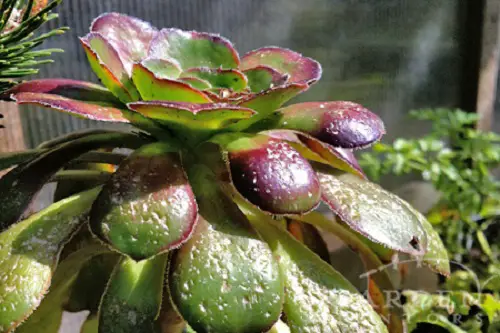
In places that get hail in winter, succulents can get physically damaged. Hail can tear holes in the leaves, adding to the stress and wilting.
How to Help
After the hail passes, give your succulent a couple of days to recover. Then gently remove any damaged leaves or stems. Water as needed, but be careful not to overdo it. You can use a fungicide on damaged spots and can also help prevent infections.
Wrapping It Up
Winter can be tough on succulents, but with some love and attention, they can pull through. Now, you have all the solutions to get back your succulents in the way they should be! Just share your stories about it in the comments below—We are waiting to know your experiences and tips!

